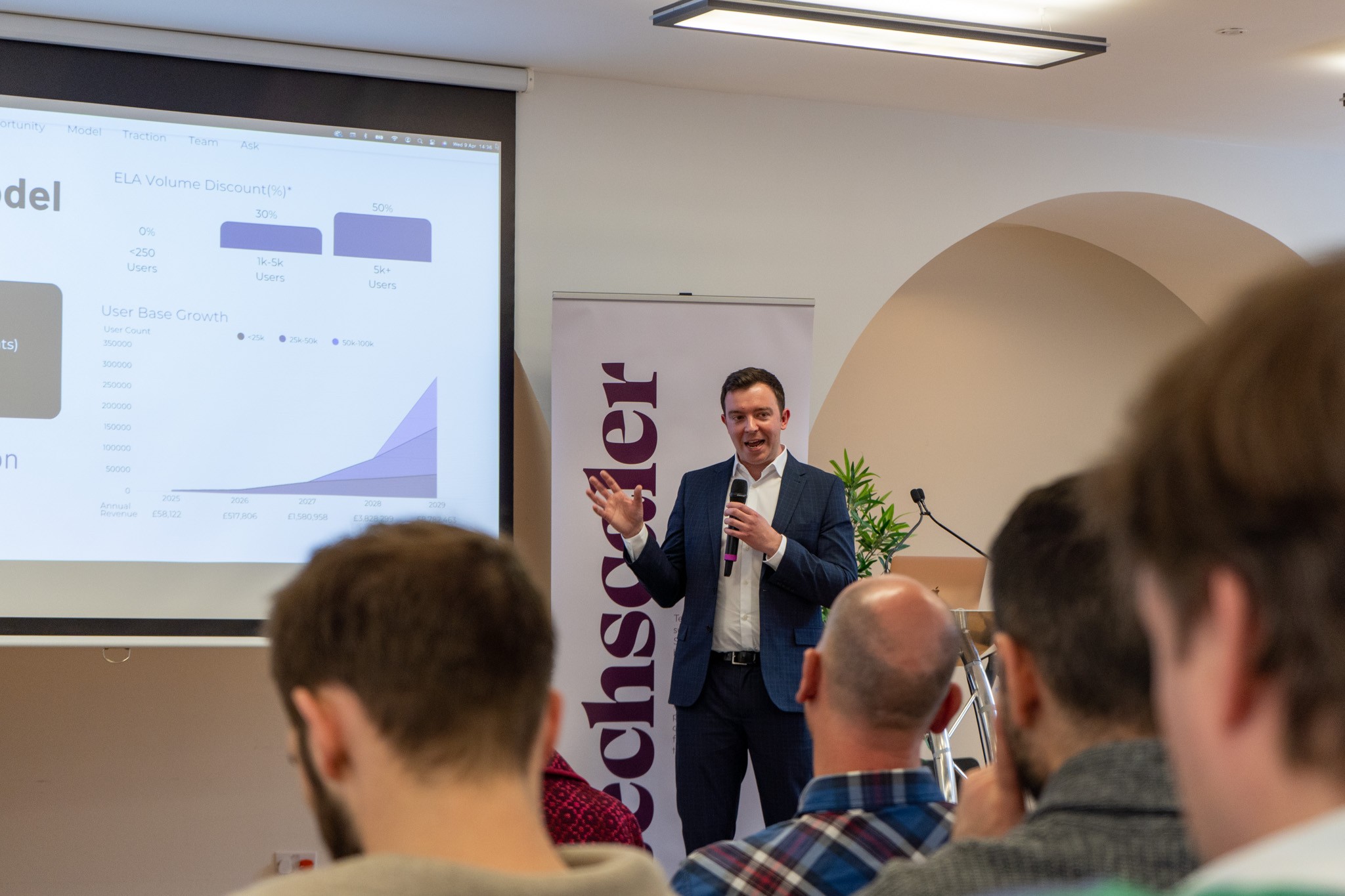In the world of innovation and entrepreneurship, the journey of a startup is both exhilarating and daunting. While growing your business, with all the challenges that come along with it, sometimes you can lose sight of which stage of the journey you’re at. The startup growth journey can be quick, founders are juggling multiple jobs at once, and sometimes the day to day running of the business takes over the bigger picture, strategic thinking.
There’s also a lot to learn when it comes to startups. With a seemingly infinite world of information out there about how to grow and develop a startup business, where on earth do you begin? There are of course key things you’ll need to learn about before you begin your startup journey in earnest, but there’s also plenty you can bookmark to delve deeper into along the way. It can help to be able to see a birds-eye-view of the whole process from start to finish, so you can understand what you need to become the expert in just now, and what topics you can save to delve into at a later date. Our Startup Basics course is a great place to start.
Here, we go through the fundamentals it takes to build, grow and scale a startup, and the steps needed along the way.
First, you have an idea. Every great startup begins with a spark of inspiration. You’ve identified a problem or opportunity, and from this exploration, an idea emerges. This is the genesis of your startup and a moment with potential and excitement, where the possibilities seem endless.
Once you have your idea, the next step is to figure out your target market and develop a product that meets their needs. This is where you brainstorm, prototype and iterate, crafting a solution that resonates with your audience. The aim is to develop a product concept that directly addresses the pain points you’ve identified.
At this stage, you need to validate your solution. Does your product effectively solve the main points of your customers? Achieving problem/solution fit means that your target customers can see and validate your product as a viable solution to their problems. It’s a critical milestone that confirms you’re on the right track.
Creating a minimum viable product (MVP) involves building the simplest version of your product that still delivers value. The MVP includes the essential features necessary and allows you to start testing its effectiveness with real users, and is the first tangible manifestation of your idea in the market. Why is an MVP so important? It embodies a key rule of startup building: fail fast. Many entrepreneurs fall into the trap of spending precious time and money on building a fully fledged product to try to solve the problem they’ve found before they’ve fully tested whether that’s the right solution. How can you avoid this? Build a prototype your customers can test and talk to them about it.
With your MVP in hand, it’s time to iterate. This phase is all about experimentation: building new components, measuring customer feedback, and learning from the results. The goal is continuous improvement. You don’t need to get it perfect at first, but you can refine your product to better meet the needs of your customers.
Next up, a solid go-to-market strategy is needed to successfully launch your product. This involves planning how you persuade your customers to buy your product, and how you intend on letting people know it exists! You’ll need to analyse the market, identify your target audience, and develop strategies for pricing, sales and marketing.
Once your product is in the market, the focus shifts to acquiring customers. This involves getting people to start using your product and experiencing its value first hand. Effective customer acquisition strategies are vital for gaining traction and building a user base.
Growth is then driven by continuous feedback and iteration. As you gather customer feedback, use it to make alterations to your product and fine-tune it to better satisfy customers. Lean into product development and enhance functionality, improve user experience, and stay ahead of the competition.
Achieving product/market fit is a significant milestone, having launched your MVP to a broader market. At this stage your product isn’t just viable, but it has a strong market appeal, paving the way for scaling up and demonstrating substantial demand. Scaling up involves focusing on operations, expanding your customer base, and increasing revenue, and is a phase marked by exponential growth. Strategic planning and execution are crucial for sustained success.
This diagram shows the lifecycle of a startup, but at the same time - it almost definitely doesn't!
.png)
The startup lifecycle diagram above simply provides a rough outline of the key processes and milestones you should be looking to achieve when building your product and your business. You may jump forwards or backwards through the steps, change direction, and it's highly likely (and advisable!) that you repeat and iterate on the sections that are indicated with the arrows icon as your startup grows and develops.
For support navigating your startup’s lifecycle stages, join Techscaler and take part in our education, mentorship and community.








.jpg)





-2.jpg)














.png)
.png)






.png)
.png)
.png)
.png)

.png)
.png)



